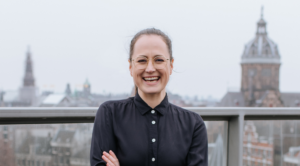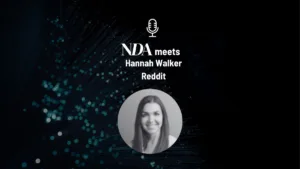Rapid reinvention has been the key to success in 2020 – and ‘premium’ programmatic has helped the industry unlock it.
That’s the view of Raphael Nataf, owner and founder of Bcovery, an adtech solution that aims to help publishers reclaim their ‘ghost inventory’.
He speaks from experience: this year it launched its solution “in the middle of a pandemic”. He says: “We needed to organise ourselves internally while at the same time publishers were also having a hard time facing this pandemic and all its consequences.”
The company experienced a drop of advertising revenues alongside its customers due to the initial lockdown, with many budgets pulled by advertisers. He is seeing signs of a bounce-back, but admits: “The recovery is still in process for most, even though we’re all glad to see campaigns returning to a normal point, though travel and tourism are still suffering a lot.”
This, at a time a year ago when many were concentrating on being privacy compliant and adhering to stricter global regulations and browser restrictions – such as GDPR, CCPA and NPA, for example – around their impression deliveries.
Nataf continues: “What I see as a common point is that everybody has to reinvent himself and redouble their focus on future readiness.”
His views echo those of AAX Media’s Head of Operations Otilia Otlacan, VIOOH’s Chief Marketing Officer Helen Miall and Tanya Field, Co-Founder of Novatiq, all of whom are also convinced that the future of programmatic lies in the twin Ps of premium and privacy.
They were interviewed for a series of in-depth articles as part of NDA’s Programmatic Month – a curated selection of features, thought leadership, podcasts and roundtables that discuss the future of programmatic, which in the UK alone this year is expected to reach some 3.8 billion U.S. dollars in ad spend.
In the first part of our series Field predicted that programmatic would rise “like a phoenix from the flames” should the industry adopt the spirit and letter of new privacy laws, while Miall noted the success of programmatically traded campaigns that were planned with the nuances of each channel in mind.
In the second, we outlined how the IAB Europe believed that the key driver to invest in programmatic advertising is access to premium inventory. As Otlacan noted: “Premium and independent publishers must continue to sell the value of their content, as well as depend on their external data partnerships.”
The coronavirus pandemic has underlined the need to pivot at speed and address communications in ways that benefit businesses and their end users. He says of 2021: “I think and hope that brands will encourage their technology partners to go further in terms of transparency and ensure that their advertising investments are not spent in this famous ‘unknown delta’ of ‘ghost’ impressions that cannot be seen’.”
Trust and transparency in programmatic will go hand in glove to ensure a better advertising environment. He also believes that there will be more direct deals as programmatic moves away from its ‘pile ‘em high’ past and into the premium space, with advertisers able to experience the “true” brand lift that premium publishers can offer.
Increasingly, “premium” will play into the new and emerging programmatic channels, such as Connected TV, audio, gaming and out of home, particularly as new and more business-led metrics are introduced. No longer is it the preserve of performance and short-term metrics, opening up brand opportunities to those on smaller budgets or niche audiences.
As Nataf concludes: “As always, we’ll see major actors collapsing and new ones emerging from their ashes. When the cards are reshuffled, opportunities are always arising.”
It’s a sentiment true for every player in the digital ecosystem, be they platforms, publishers, advertisers, agencies or tech partners. The year ahead will likely see changes big and small. The question is, can we keep up?









